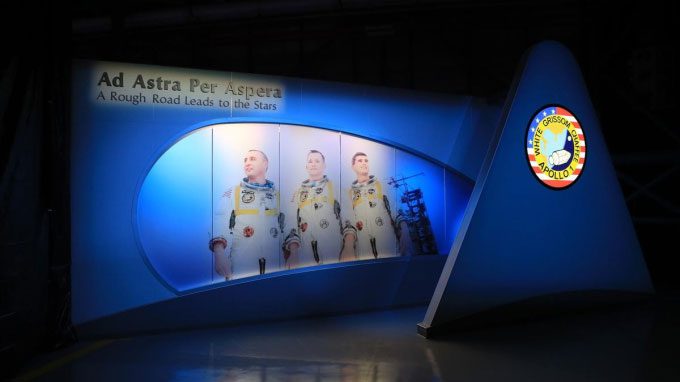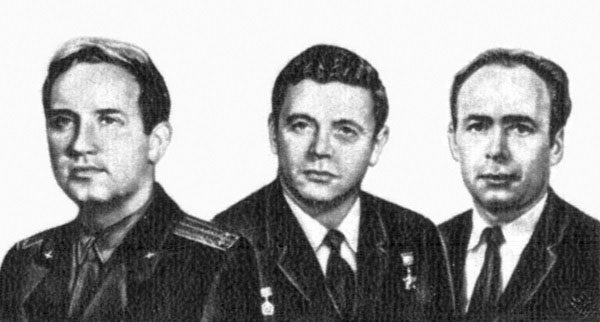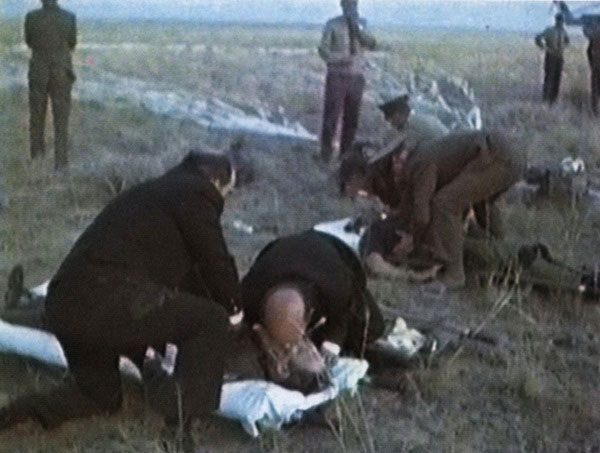To embark on extraordinary space explorations, humanity has made significant sacrifices.
Becoming an astronaut has always been a lofty dream for many children. This profession is incredibly unique and requires talent, expertise, as well as a high level of passion and physical strength. For those pursuing this noble career, stepping into outer space and adventuring into uncharted territories is the greatest dream. However, over the past 50 years, a series of tragedies have occurred during spaceflights. Astronauts have paid the highest price, sometimes even with their own lives.
In the last half-century, approximately 30 astronauts and cosmonauts have lost their lives while training or undertaking perilous space missions. According to Nigel Packham, Deputy Director of Safety and Mission Assurance at NASA, 21 of these fatalities occurred in space. Five space missions – three from NASA and two from the Soviet Union – ended in tragic deaths. Jim Hermanson, a professor of aerospace and astronautics at the University of Washington in Seattle, stated: “Accidents are often a combination of unusual circumstances, equipment failures, human errors, politics, and management.”
Fatalities on the Ground
During the early days of the space race, both NASA and the Soviet Union experienced numerous fatal jet accidents as pilots were testing rocket-powered aircraft. The Apollo 1 fire in January 1967 is the most infamous, resulting in the horrifying deaths of astronauts Gus Grissom, Ed White, and Roger Chaffee. During a launch simulation, a stray spark ignited in the pure oxygen-filled cabin of the grounded spacecraft. A massive, uncontrollable fire erupted immediately, leading to the tragic deaths of the crew as they desperately tried to escape.

Being an astronaut is an exciting but extremely dangerous profession.
Space Disasters
The two most dangerous disasters are related to NASA’s space shuttle missions. In January 1986, the Challenger shuttle exploded 73 seconds after launch, killing all seven crew members. The accident occurred due to unusually cold temperatures at Cape Canaveral, which caused some sealing materials of the rocket to lose their flexibility. Hot gases leaked out, igniting the fuel tank and causing a massive explosion. Management also bore part of the responsibility for proceeding with the launch against warnings from several NASA engineers.
Another fatal space shuttle accident occurred in February 2003 when the Columbia shuttle disintegrated during re-entry into the atmosphere, resulting in the deaths of all seven crew members. Nigel Packham, who helped investigate the cause of the disaster, stated that Columbia was damaged during launch when a piece of insulating foam broke off – a phenomenon that had occurred in most launches before and after Columbia. However, in this case, the foam struck the shuttle’s wing, causing it to fail. The damaged wing could not withstand the high temperatures during re-entry, leading to the ship’s disintegration in mid-air.

Memorial for NASA’s fallen astronauts.
The Soyuz 11 Disaster
The first space station to orbit Earth was the Soviet Union’s Salyut 1, launched (uncrewed) on April 19, 1971. Just a few months later, on June 6, three Soyuz 11 astronauts – Georgi Dobrovolski, Vladislav Volkov, and Viktor Patsayev – successfully approached Salyut 1. After boarding the station, they lived for three weeks outside Earth, setting a new record for the longest time spent in space at that time. The three astronauts also conducted numerous experiments focusing on how the human body copes with extended periods in microgravity.

Astronauts Georgi Dobrovolski (left), Vladislav Volkov (middle), and Viktor Patsayev (right).
On June 29, the astronauts returned to the Soyuz 11 spacecraft and began their descent to Earth. And that was when tragedy struck.
On the ground, the procedures for receiving Soyuz 11 back seemed to go smoothly. The spacecraft appeared to have safely passed through the atmosphere and eventually landed in Kazakhstan as planned. It was not until the rescue team opened the hatch that they discovered all three crew members inside had died.
After realizing the Soyuz 11 crew was unresponsive, the medical team attempted futile resuscitation.
Kerim Kerimov, Chairman of the State Commission, recounted: “From the outside, there was no damage. The rescue team knocked on the side but received no response from inside. When they opened the hatch, they found all three men lying on the bench, motionless, with dark blue patches on their faces and blood streaks from their noses and ears. Dobrovolski’s body was still warm. The doctors performed resuscitation. According to their reports, the cause of death was asphyxiation.”
The deadly incident was determined to be caused by a faulty valve on the landing vehicle of the spacecraft, which opened during separation from the module. At an altitude of 168 km, the deadly combination of a leaking valve and the vacuum of space quickly sucked all the air out of the crew cabin, reducing pressure. And since the valve was hidden beneath the astronauts’ seats, they were unable to rectify the situation in time.

The astronauts perished after achieving their feat.
As a direct result of the crew’s death due to pressure loss on Soyuz 11, the Soviet Union quickly mandated that all astronauts must wear pressurized space suits during re-entry – a practice that is still in place today. This incident remains the only one to have occurred outside of Earth’s atmosphere.
Nigel Packham stated that currently, around 650 people have flown into space, and that number is expected to rise rapidly due to the increasing number of commercial spaceflights. “There will never be a time without risk. That is the necessary price to pay to go into space,” he said.


















































